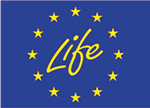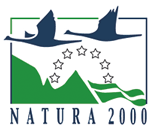Priodiversity LIFE – for halting biodiversity loss
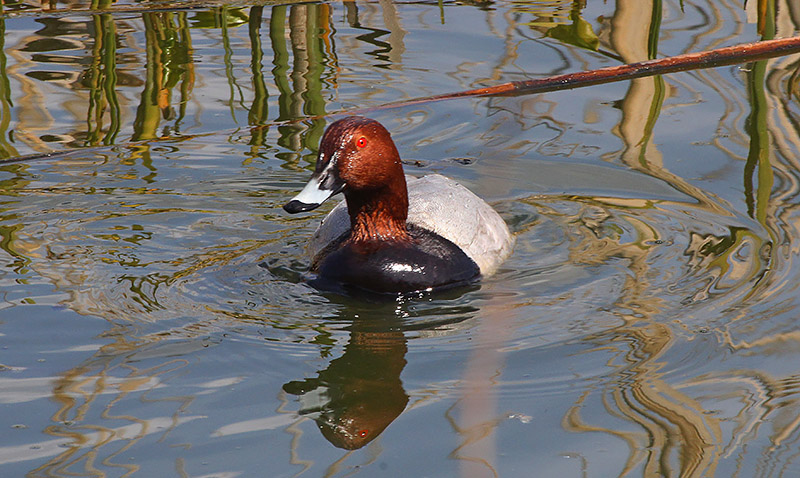
The objective of the national Priodiversity LIFE project is to halt biodiversity loss in Finland. With funding amounting to EUR 50 million, it is the largest project ever implemented in Finland to tackle biodiversity loss. The group of actors involved in the project is exceptionally large.
Priodiversity LIFE project will bring together actors from different sectors to combat biodiversity loss. It will collect best practices and seek new forms of funding to safeguard biodiversity.
Dedicated regional biodiversity action plans
The extensive group of partners and regional actors will join their forces to draw up dedicated biodiversity action plans for eight counties.
Each regional biodiversity action plan will identify biodiversity hotspots, their buffer zones and corridors connecting them. Regional nature restoration and rehabilitation measures will also be prioritised, and some of them will be carried out as part of the Priodiversity LIFE project.
Based on experiences gained, an operating model will be created that will also help neighbouring counties to get started with their regional action plans.
Restoration and environmental management of extensive sites
The aim of restoration and environmental management is to create large and valuable biodiversity hotspots, which may comprise both nature reserves and areas outside them. The restoration sites may include bird habitats, forests, traditional rural biotopes, mires, or rivers and lakes. Restoration and management actions will be concentrated at selected sites to maximise their cost-effectiveness and impact on biodiversity. While the focus will be on the most valuable biodiversity areas, their buffer zones and areas connecting and surrounding them will also be included.
Restoration and management contracts will provide new business opportunities for companies carrying out this work. The companies will also build up their expertise in restoration work.
Landowners will always participate in all project activities on a voluntary basis.
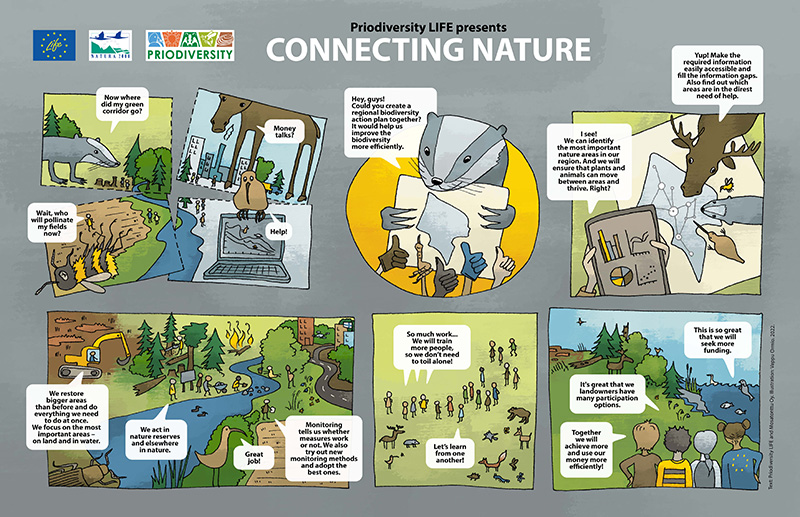
Information activities and education in a key role
All activities will be based on research evidence. Open and easy access to information about nature will be ensured, new information will be gathered on the impacts of environmental management and restoration, and new monitoring methods will be developed.
Inputs will be made in education and sharing of expertise in order to spread the best and most cost-effective practices for tackling biodiversity loss. To this end, a biodiversity education network will be set up. Expertise will be accumulated both in the public sector and in companies carrying out restoration and environmental management work.
Search for new actors to fund efforts to halt biodiversity loss
During the eight years of the project term, new funding forms for combating biodiversity loss will be sought. The idea is to expand the project’s funding base by tapping different forms of EU funding and by involving new private sector finance providers. A biodiversity funding hub will be established to serve this purpose.
The goal is that funding for combating biodiversity loss will have been diversified by the end of the project, which may have permanent impacts on maintaining funding for biodiversity.
Cooperation between ministries to enhance impact
The Prime Minister’s Office will lead efforts to develop cooperation between the ministries and to improve systematic biodiversity policy implementation. Decision-makers will be offered training to promote the incorporation of biodiversity issues in decision-making in different sectors of society.
In cooperation between the ministries, the project will also monitor the impacts of public funding use on biodiversity. The objective of this is directing the use of central government funding towards supporting biodiversity and avoiding negative impacts on nature.
Nature education and communication to increase understanding of solutions to biodiversity loss
The target audience of the Priodiversity LIFE project includes citizens and young people. By means of excursions and various events, citizens will be engaged in looking at solutions to biodiversity loss from both their personal viewpoint and societal perspectives.
Project funding and actors
The project period will be eight years, or from 2024 to 2031, and it will be co-financed by the European Union’s LIFE programme. It has a budget of EUR 50 million, of which EUR 30 million will come from the EU’s LIFE programme.
Parties involved in the project on 1 January 2024:
Metsähallitus (Parks & Wildlife Finland, Metsähallitus Forestry Ltd), Prime Minister’s Office, Ministry of the Environment, Ministry of Agriculture and Forestry, Ministry of Finance, ELY Centres (Southeast Finland, Lapland, Pirkanmaa, Northern Ostrobothnia, Northern Savo, Southwest Finland), Finnish Environment Institute, Natural Resources Institute Finland, Finnish Museum of Natural History, Finnish Forest Centre, Finnish Food Authority, Finnish Association for Nature Conservation, WWF Finland.
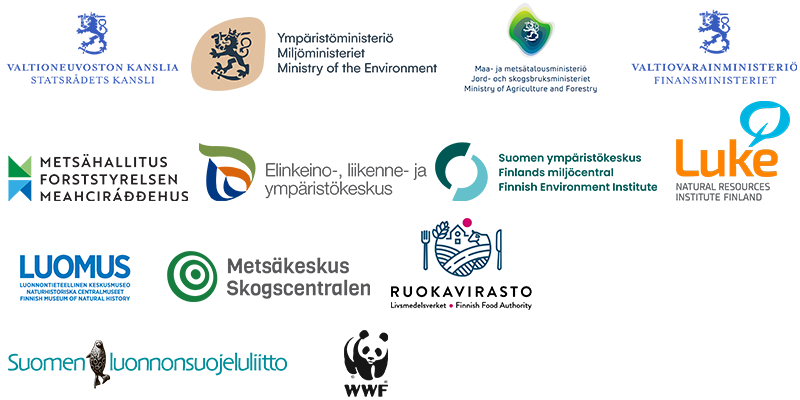
Last updated 23 July 2024

